Speaker
Enakshi Senapati
(Bankura University)
Description
- Introduction In nuclear astrophysics, neutron capture reactions in s-and r-processes of nucleosynthesis play a decisive role in the understanding of origin of elements heavier than iron. The description of these neutron capture reactions relies on the statistical Hauser-Feshbach theory to estimate the reaction cross-section. The model requires two indispensable input quantities , nuclear level density (NLD) and gamma ray strength function (γ-SF). These parameters however, are rather poorly constrained due to the absence of proper experimental data. So, a good knowledge of NLD and γ-SF is required to get accurate results while using statistical model calculations. The application of strength function is not only important in nucleosynthesis but also in determining soft dipole modes in neutron rich nuclei essential to understand the reaction rate.
- Methods Thus at first, calculations are carried out to estimate the 68Zn(n,γ)69Zn reaction cross- section[3] by using the combinations of existing NLDs and γ-SFs in TALYS-1.95 code. It is seen that most of the combinations either over predict or under predict the experimental data. Therefore, the microscopic EP+IPM (exact pairing plus independent particle model) and EP+PDM (exact pairing plus phonon damping model) have been carried out to calculate the NLD and γ-SF of 69Zn nucleus, respectively. As EP+IPM describes reasonably well the experimental NLD data and EP+PDM calculation gives a good knowledge of γ-SF, so these two approaches are applied to TALYS-1.95 code to understand their applicability and reliability in explaining the astrophysical reaction cross-section.
- Result & discussions It is seen that microscopic EP+IPM NLD and EP+PDM γ-SF explains the experimental data better than all other combinations available in TALYS-1.95, indicating the impact of the exact treatment of thermal pairing correlation. Furthermore, the inclusion of an UB structure in the EP+PDM γ-SF improves the comparison with the experimental cross-section data in the low energy region 0.01-0.15 MeV, while the calculation without this upbend structure slightly underpredicts the measured data. The result will be further discussed in details at the symposium.
Author
Enakshi Senapati
(Bankura University)

